We provide a large variety of temperature controllers for electrophysiology. These range from easy-to-use solution heaters, over animal heating controllers with heating pads to precise heating/cooling controllers for Peltier elements.
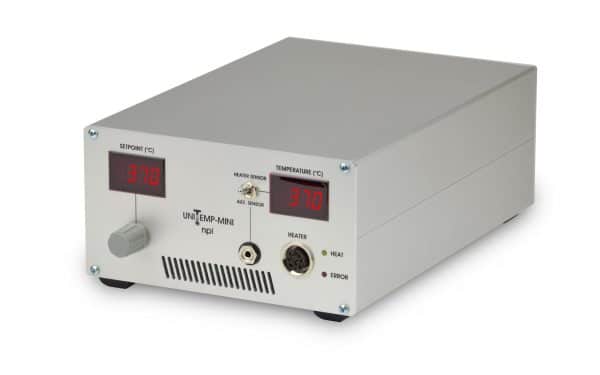
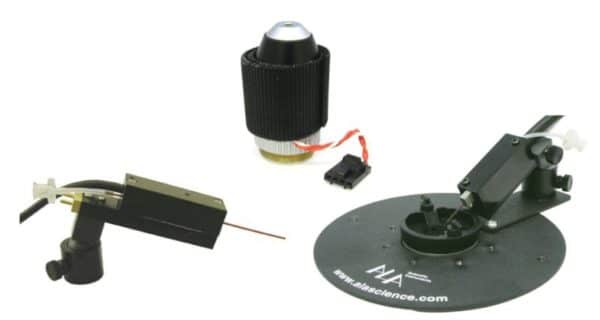
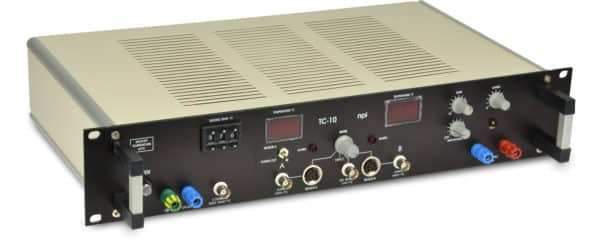
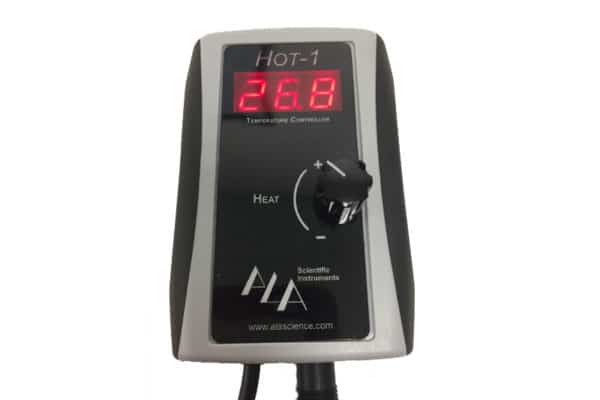
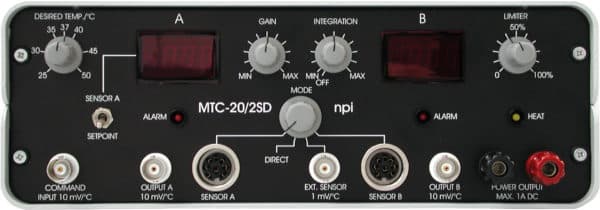
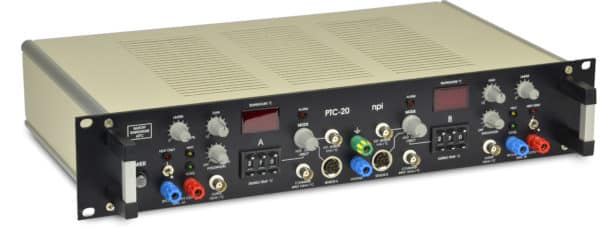
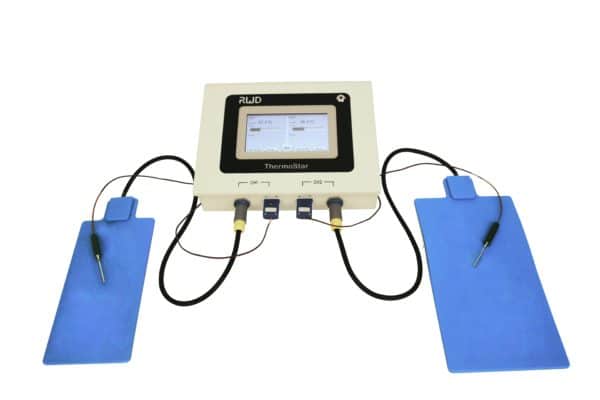
Temperature controllers are used to maintain and regulate the temperature of samples, such as brain slices, cultured cells, or other biological tissues, during electrophysiological experiments. This ensures that the physiological conditions remain stable and mimic the natural environment of the cells or tissues being studied.
Temperature control is crucial because the electrical properties of cells and tissues can be significantly affected by temperature changes. Consistent temperature helps ensure that the experimental conditions are reproducible and that the data collected are accurate and reliable.
Common types include:
Temperature controllers typically use sensors (such as thermocouples or RTDs) to monitor the temperature of the sample or the surrounding medium. The controller adjusts the heating or cooling elements based on feedback from the sensors to maintain the desired temperature setpoint.
Important features to consider include:
Applications include:
Yes, many modern temperature controllers can both heat and cool the sample, allowing for precise control over a wide range of temperatures. Peltier-based systems, in particular, are well-suited for this purpose due to their ability to switch between heating and cooling modes rapidly.
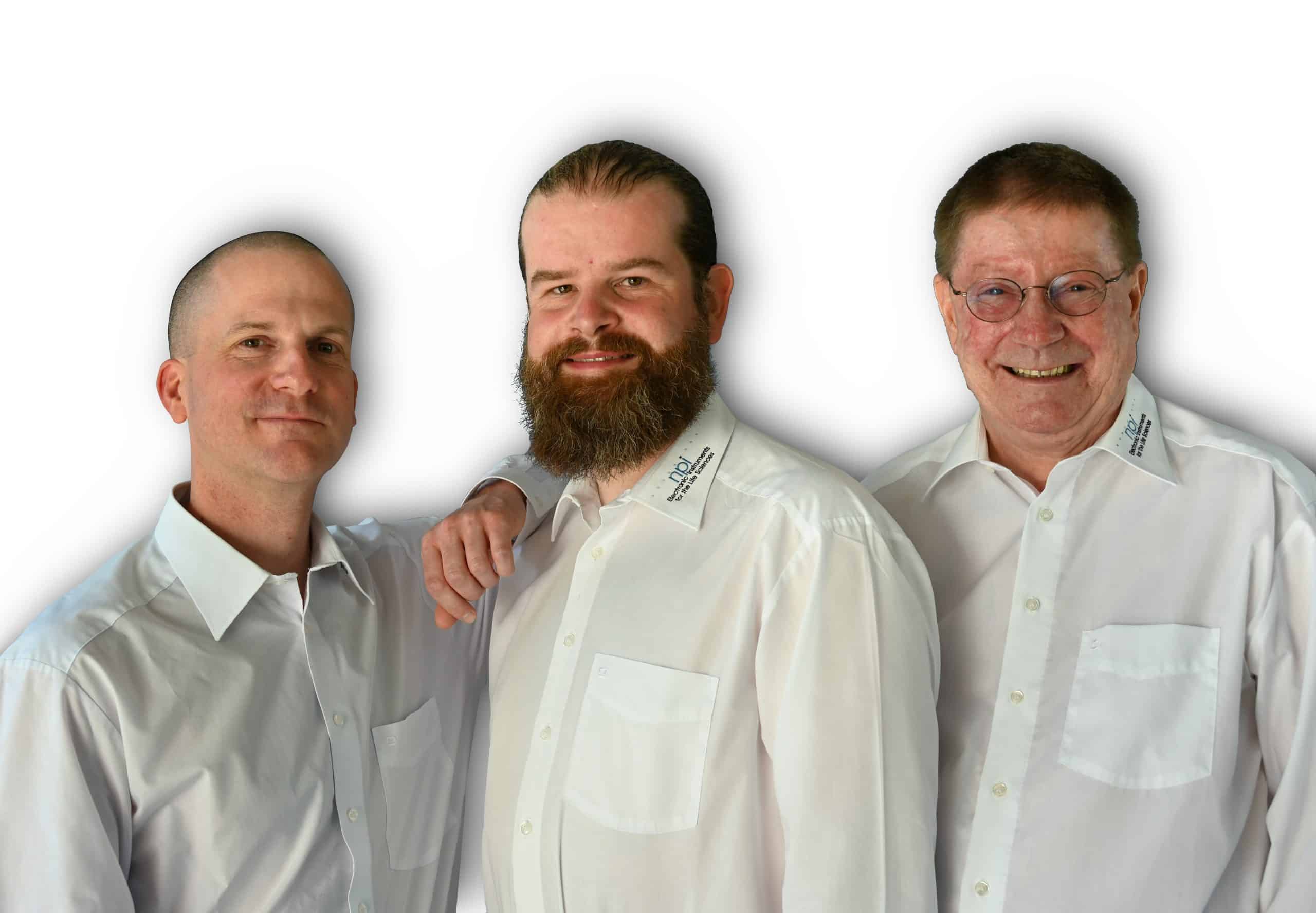
Our dedicated team has years of industry and laboratory experience.
From complex technical challenges to tailored product recommendations,
our application scientists are ready to support your needs with hands-on expertise.